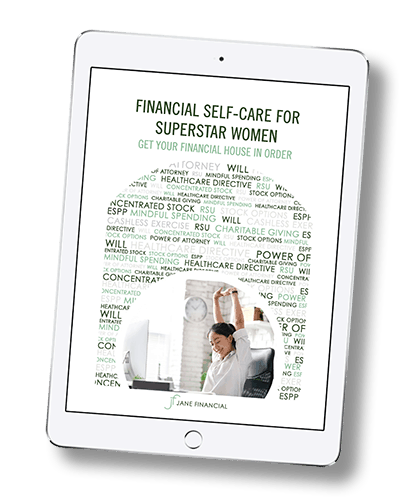Mindfulness and Money
Earlier this year, I posted about mindfulness and your financial and overall health. I’ve compiled those posts on the principles of mindfulness, and tips on managing burnout, and mindful spending.
You can follow me on Instagram and LinkedIn for future tips.
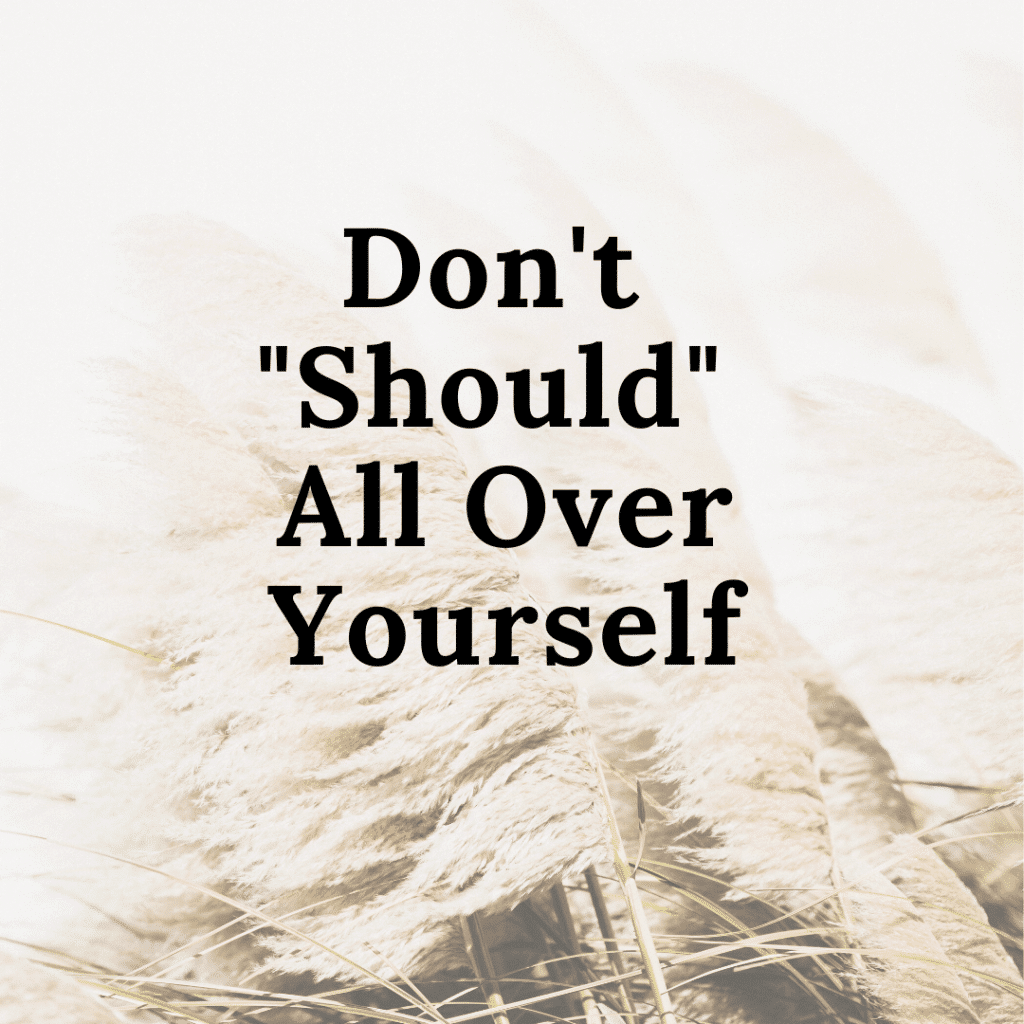
“I should exercise.” “I should eat more healthfully.” “I should spend less.” Have you ever yourself that you “should” be doing something, but you haven’t done so? Instead of berating yourself, ask yourself honestly and without judgment: is it something you truly wanted? If you say you wanted something, but you’re not doing it, how come? People tend to keep commitments to others. Remember to keep commitments to yourself too.
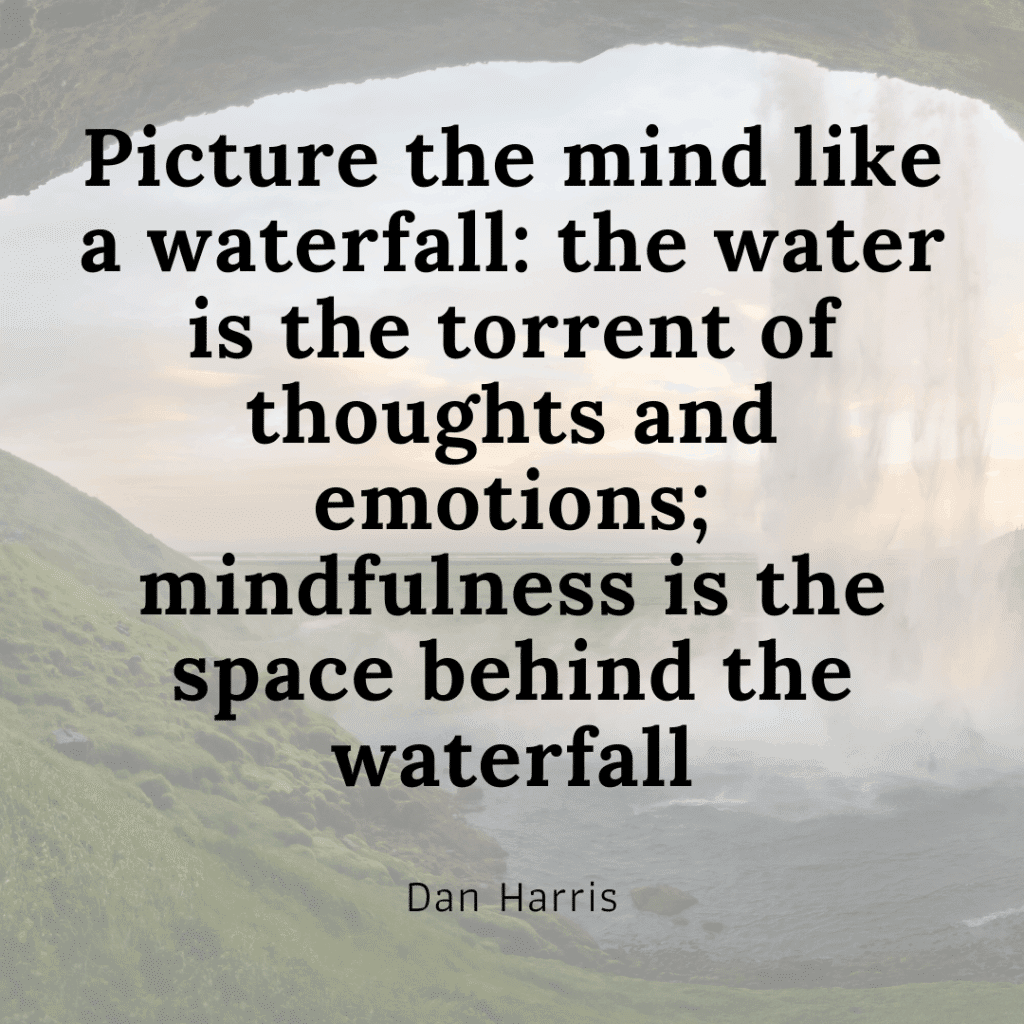
Dan Harris described this Buddhist analogy in his book, 10% Happier. Mindfulness is about being aware of what’s happening in your mind right now and without judgment. I used to dismiss mindfulness as a hippie-dippie, hug-dispensing BS. But paying attention to my emotions and thoughts has helped me address energy-draining habits like catastrophizing and thinking 20 steps ahead. I highly recommend Harris’ book, which was inspired by his panic attack on live TV that nearly destroyed his career.
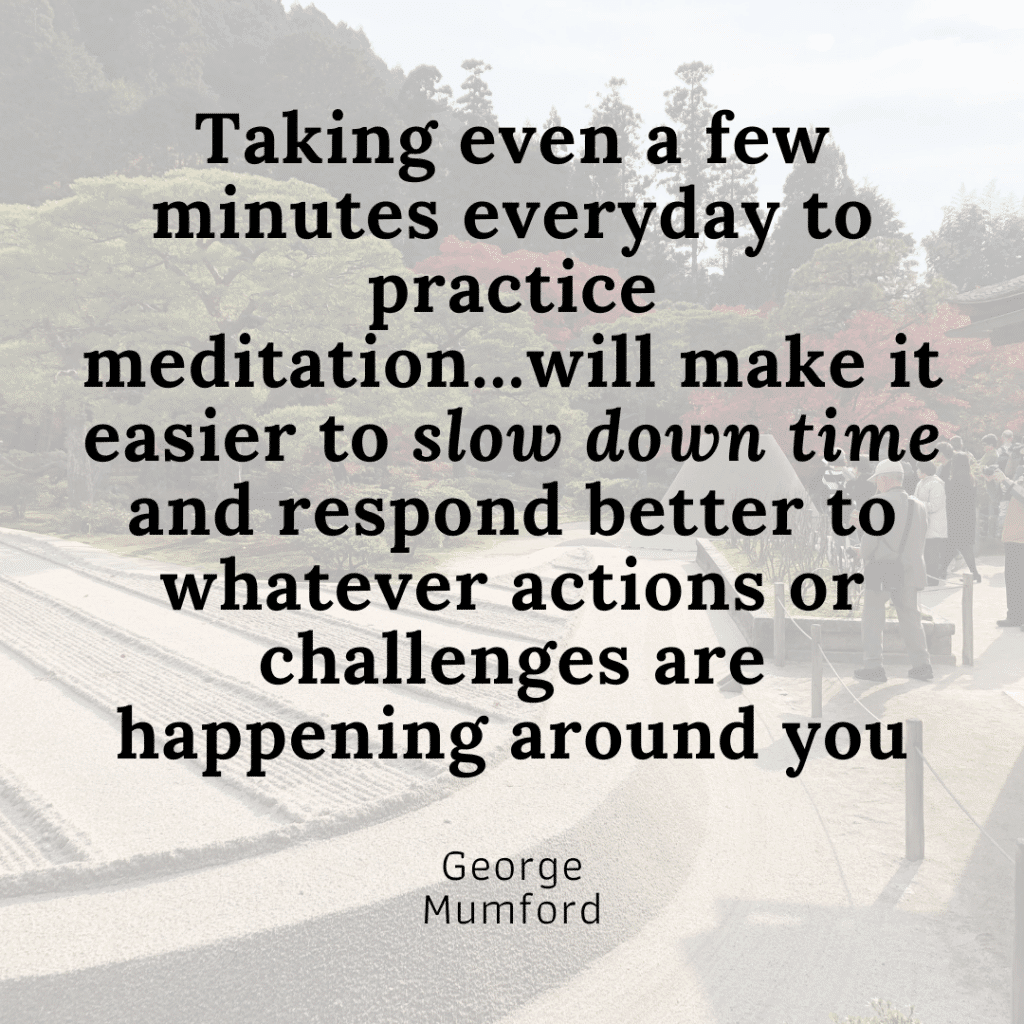
I first learned about meditation during the Chicago Bulls’ heyday when coach Phil Jackson (nicknamed the Zen Master) would have the team meditate regularly. Meditation is an ancient practice of sitting still and quieting your mind through conscious breathing. Even when I’m consistently meditating, I find that my mind wanders, which is okay. I like to think of meditation as brain exercise where I’m bringing back my focus over and over.

Carrie Fisher, aka Princess Leia/General Organa, was a brilliant writer and mental health advocate. Becoming aware of my triggers for feeling resentment has been valuable in maintaining healthy relationships. Perhaps you’ve been wronged by people in your life. Meditation can help you learn to notice the emotion, and where those feelings manifest themselves in your body. And it can help you build mental space to respond rather than react.
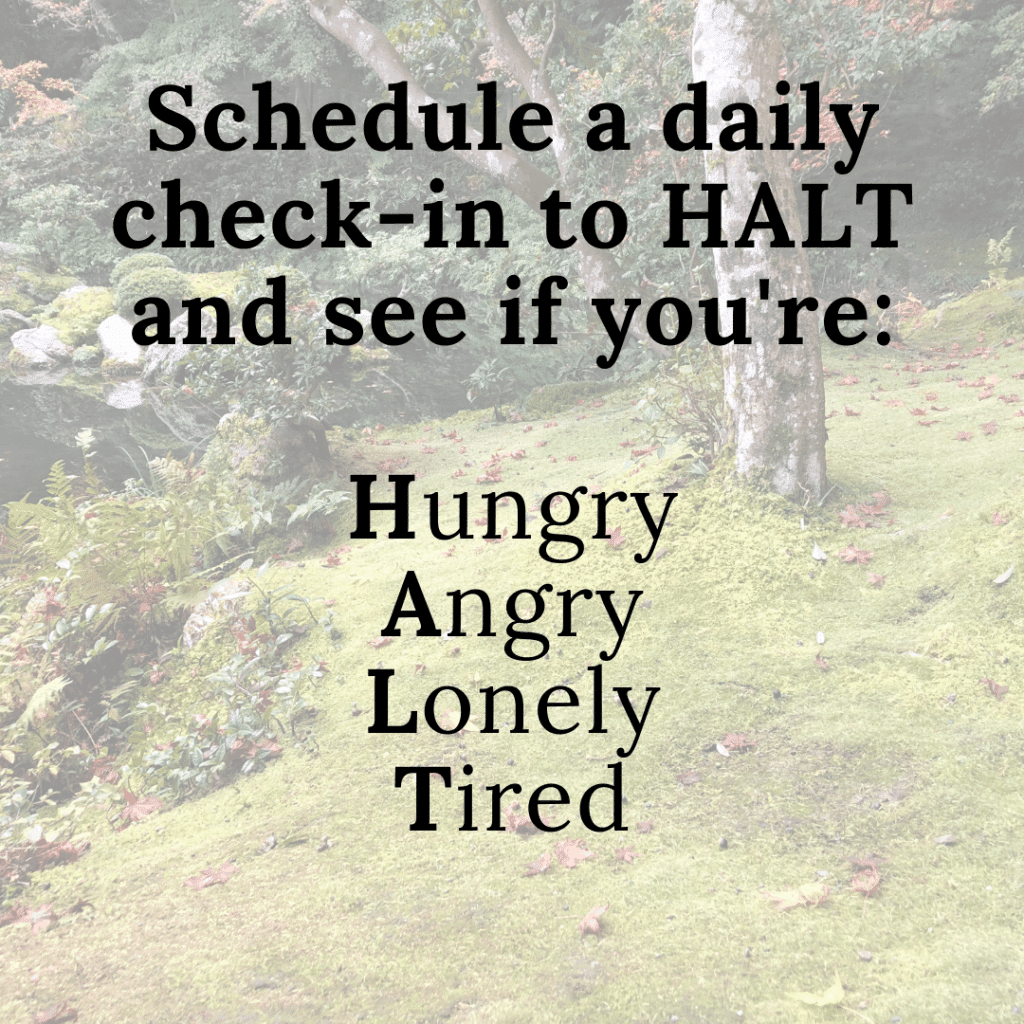
I have a bad habit of “sprint-collapse”, which dates to my college days. After studying feverishly for finals, I’d get sick immediately after I completed my exams. As a business owner, I’ve often fallen prey to tunnel vision, and my health has suffered as a result. This HALT acronym is one way where I check to see if my basic needs are being met. If they’re not, then I’ll take a break and make lunch if I’m hungry.
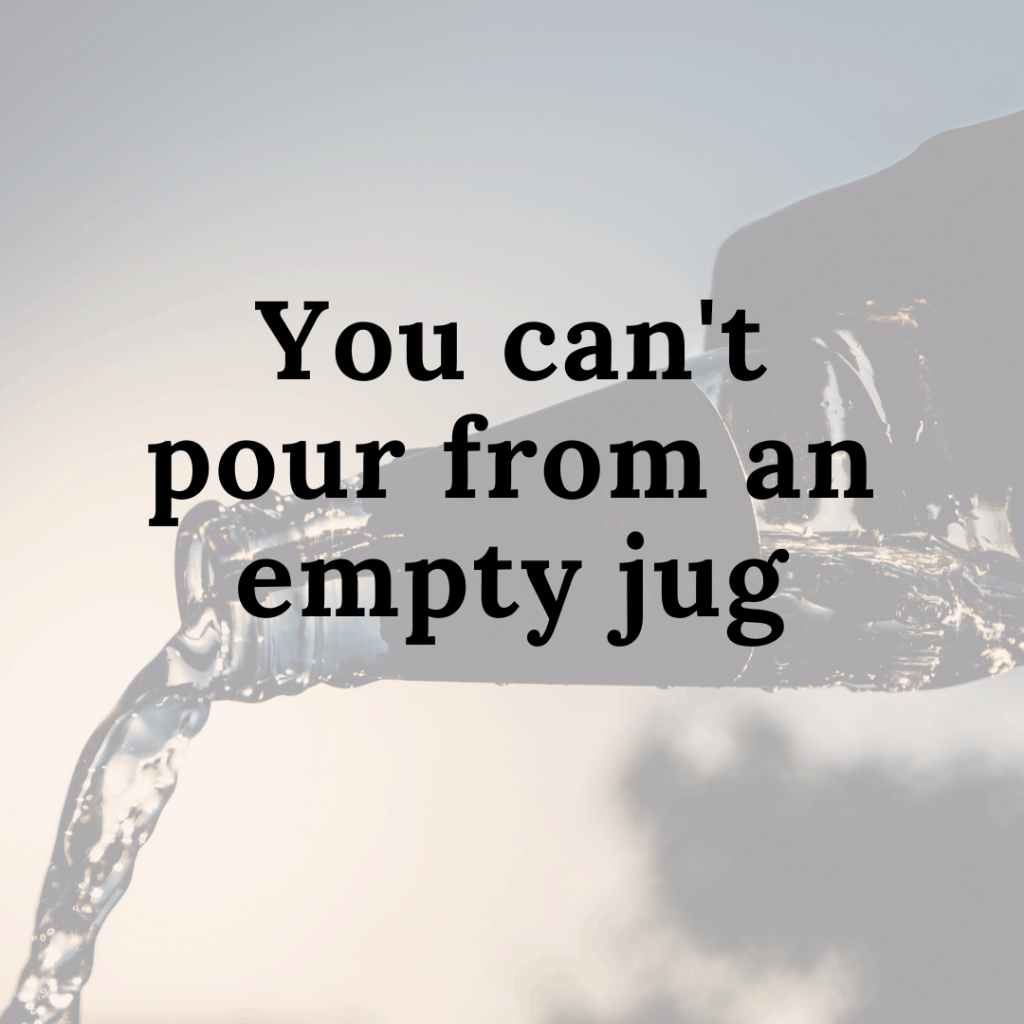
I mentioned my bad habit of sprinting and collapsing in my last post. After working basically non-stop for two years, my body gave out last summer. It was a frightening time, and I was worried that I had a serious illness like pneumonia. I quickly realized that I was just exhausted because I felt better as soon as I lay down quietly. I was so weak that a five-minute walk to the grocery store made me wheeze. I learned the hard way to prioritize self-care. One example of self-care is giving myself regular rewards, like going to a new dessert café, or buying a Star Wars comic book.
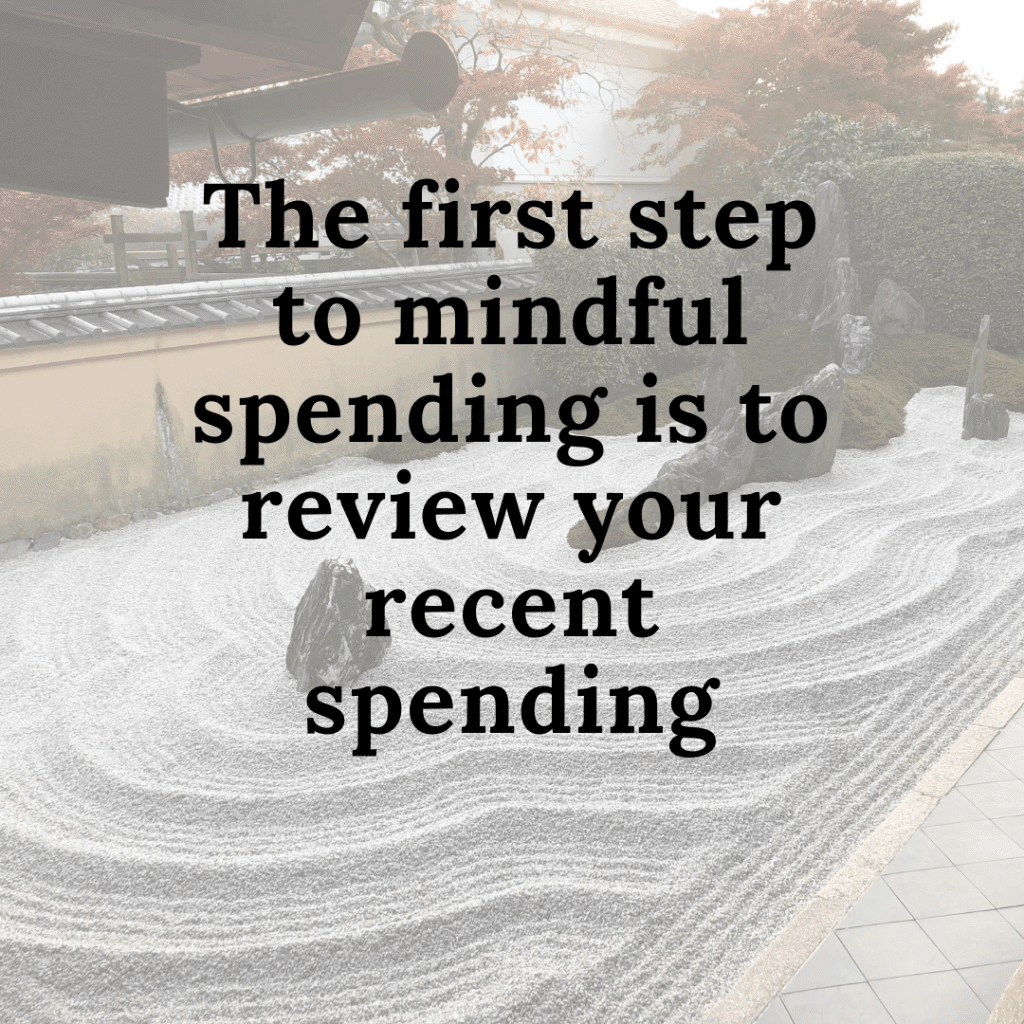
I have new clients review their recent spending, and they’re almost always surprised by the numbers. Fortunately, they live within their means. But my clients typically want to reduce shopping, dining out, or groceries. The following exercise might be an eye-opening way to determine mindless spending (credit to my friend and fellow financial planner, Amy Irvine, founder of Rooted Planning Group). Download all of your credit card and bank transactions for the last month into a spreadsheet. Review every line item and assign one of four categories: “Fixed Expenses” (which can’t be reduced or avoided, i.e. mortgage or rent), “Love” (items that brought you great joy, such as a massage), “Need” (for daily living, such as groceries), and “Unknown” (where you don’t remember the reason for the purchase). The Unknown category is where you can most easily reduce spending. I have a client who did this exercise for a three-month period, and she was shocked to find that 25% of her spending fell into the Unknown category, and it was driven by buying lunch at work, and shopping for clothes she didn’t need.
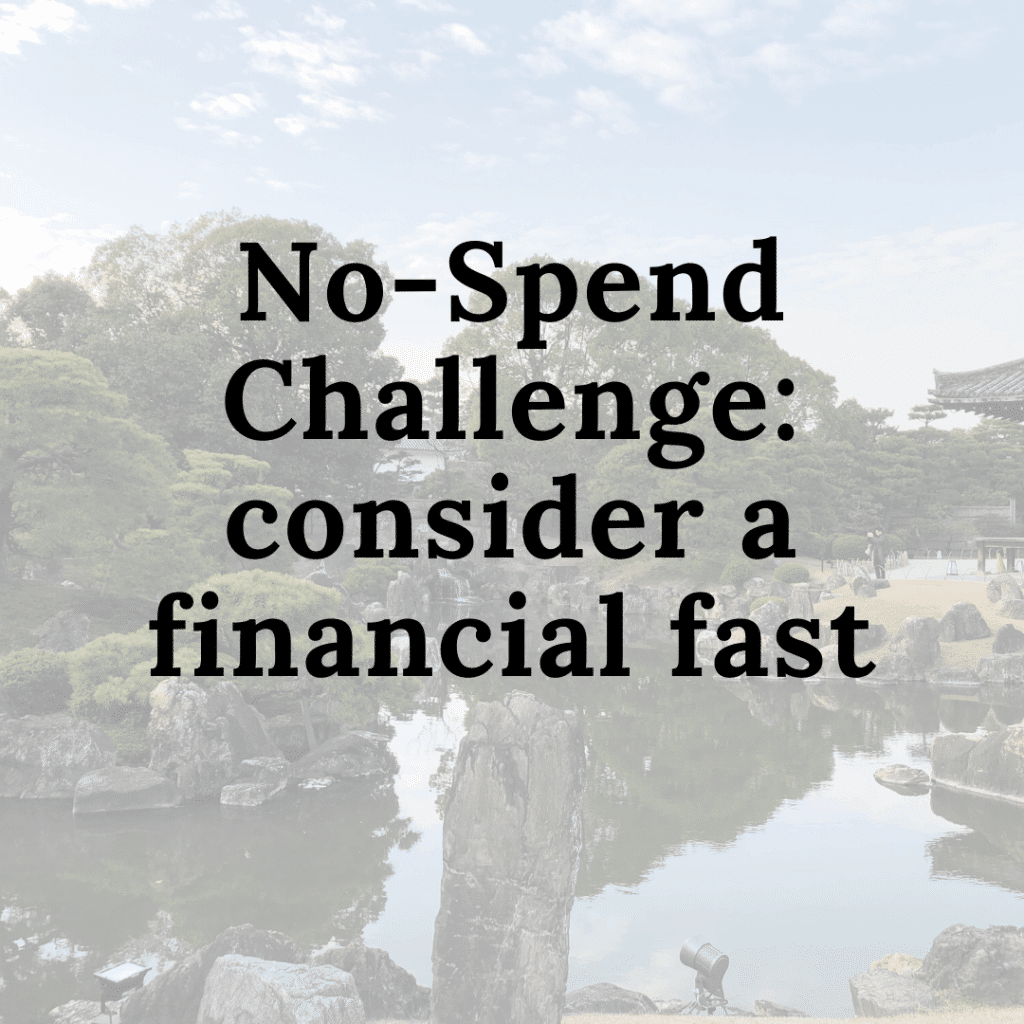
In my last post, I described an exercise to help identify mindless spending. Another approach is to go on a “financial fast” where you put a $10 bill in your pocket, which is all you can spend for a week. Lock away your credit cards, Amazon account, and food delivery apps. Groceries and dining out are the biggest expenses for my clients, and this exercises forces you to meal plan for the entire week and pack lunch everyday. You might find that you don’t miss overpaying for a salad. You also may discover what purchases are important to you, such as your daily coffee.
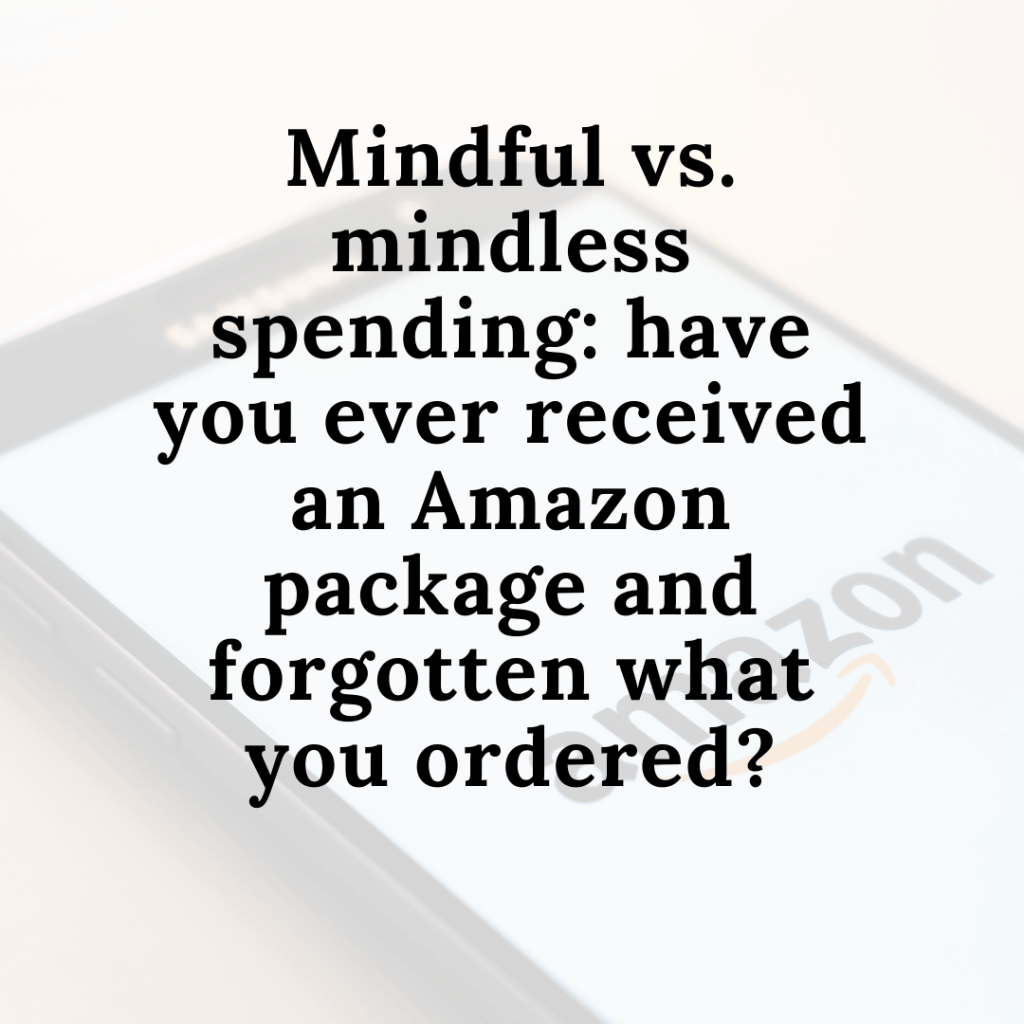
The marketing geniuses at Amazon, Target, and Caviar/DoorDash are good at getting you to spend more money. Free shipping/delivery and “Recommendations for you” are examples of their clever tactics. An extreme measure is to forego online retailers and pay only in cash at a brick-and-mortar store. A more realistic approach is to pause before checking out of your purchase. A lot of times, the urge to buy something goes away if you simply wait five minutes. I’ve recently started adding items to my Amazon shopping cart, and waiting until the weekend to review what’s in my cart to see if I still want everything. This has helped me avoid unnecessary purchases. I’ve also learned that Amazon isn’t always the lowest-priced provider. Oftentimes I’ll buy cat food and supplies at Chewy instead.
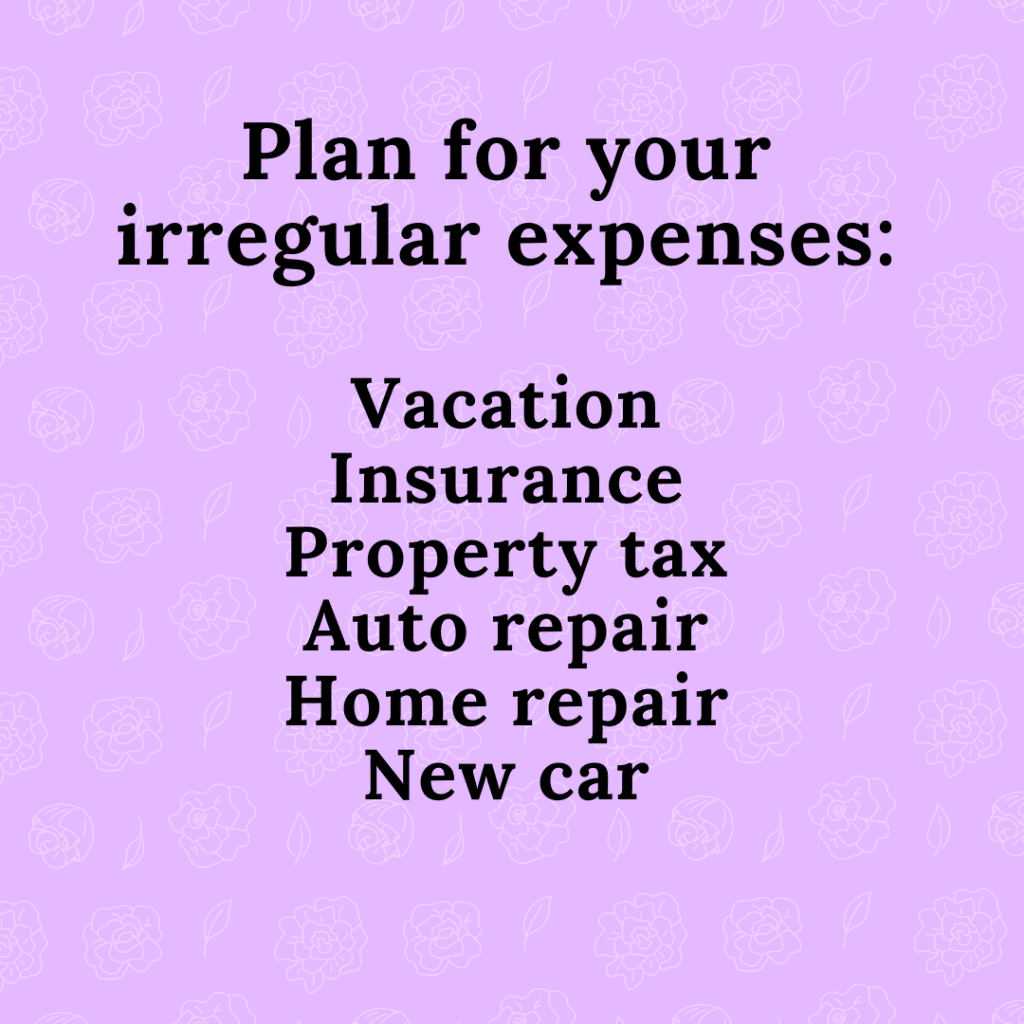
Clients are often flummoxed by non-monthly expenses like vacations. Inventory these expenses, and estimate how much you’ll spend in each category for the year. Then divide by 12, and set aside this money in a separate bank account. That way, you’ll have enough cash on hand to pay for these irregular expenses. You can open multiple bank accounts; just watch out for fees.
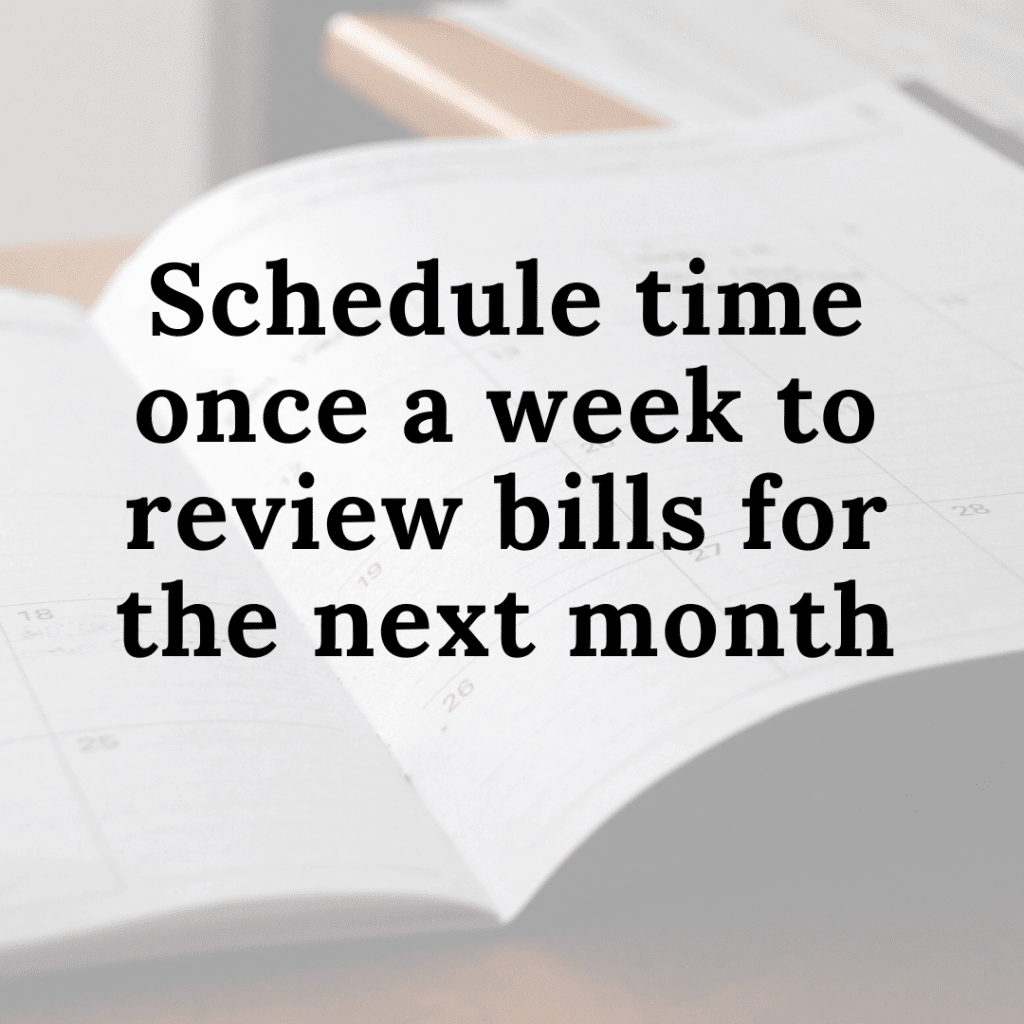
Set a recurring reminder in your phone to review your upcoming bills. This is a good way to identify non-monthly expenses. If you have a spouse/partner, complete this review together. If you have children, this will help you anticipate seasonal expenses like summer camp and Christmas shopping.
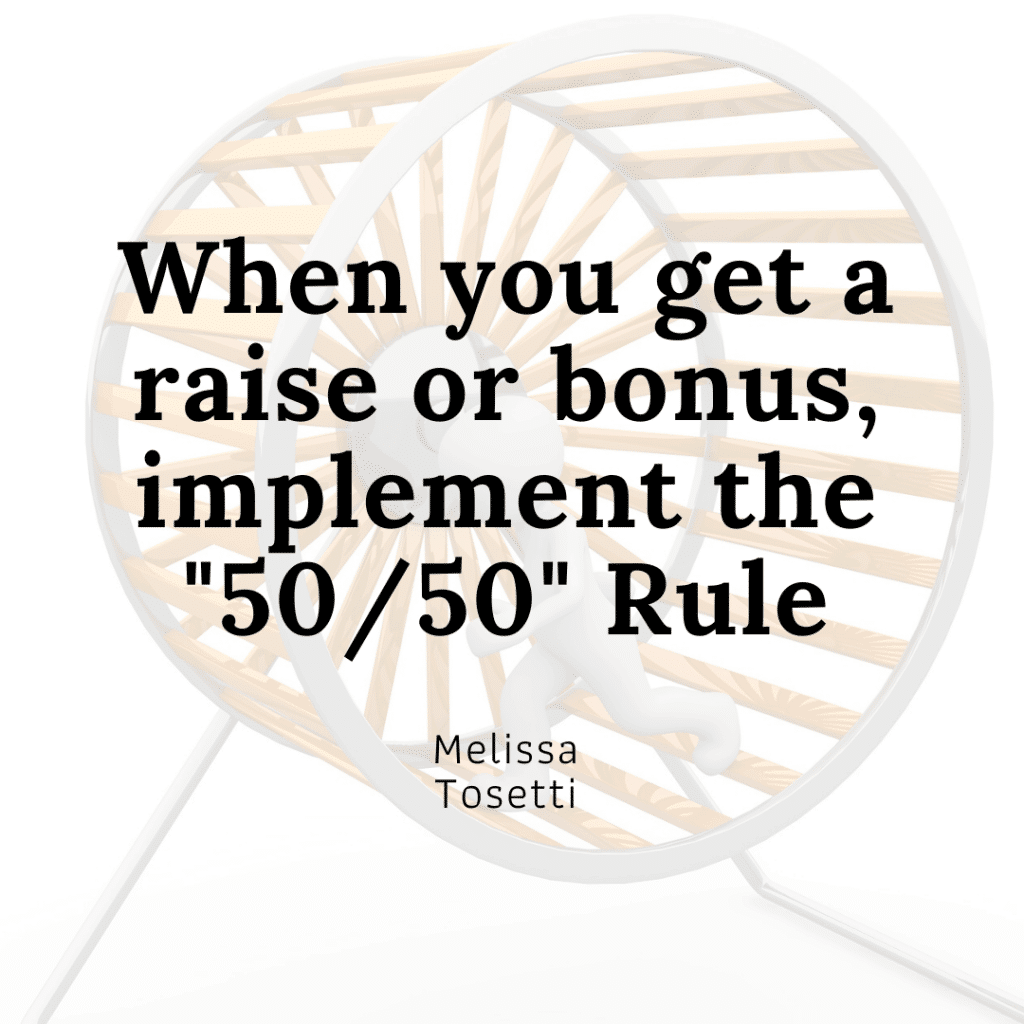
“Lifestyle creep” refers to people spending more as they earn more. It may feel like you’re running on a hamster wheel, working long hours at an intense job and yet continuing to live paycheck to paycheck. When you receive a raise or bonus, immediately save 50% to a retirement or wealth-building account. And spend the other 50% on anything you want EXCEPT on anything that creates a bill. It’s okay to spend the 50% on a fully-paid car; it’s not okay to spend it on a car down payment, which will generate loan payments. Credit for the 50/50 Rule goes to Melissa Tosetti of The Savvy Life.





